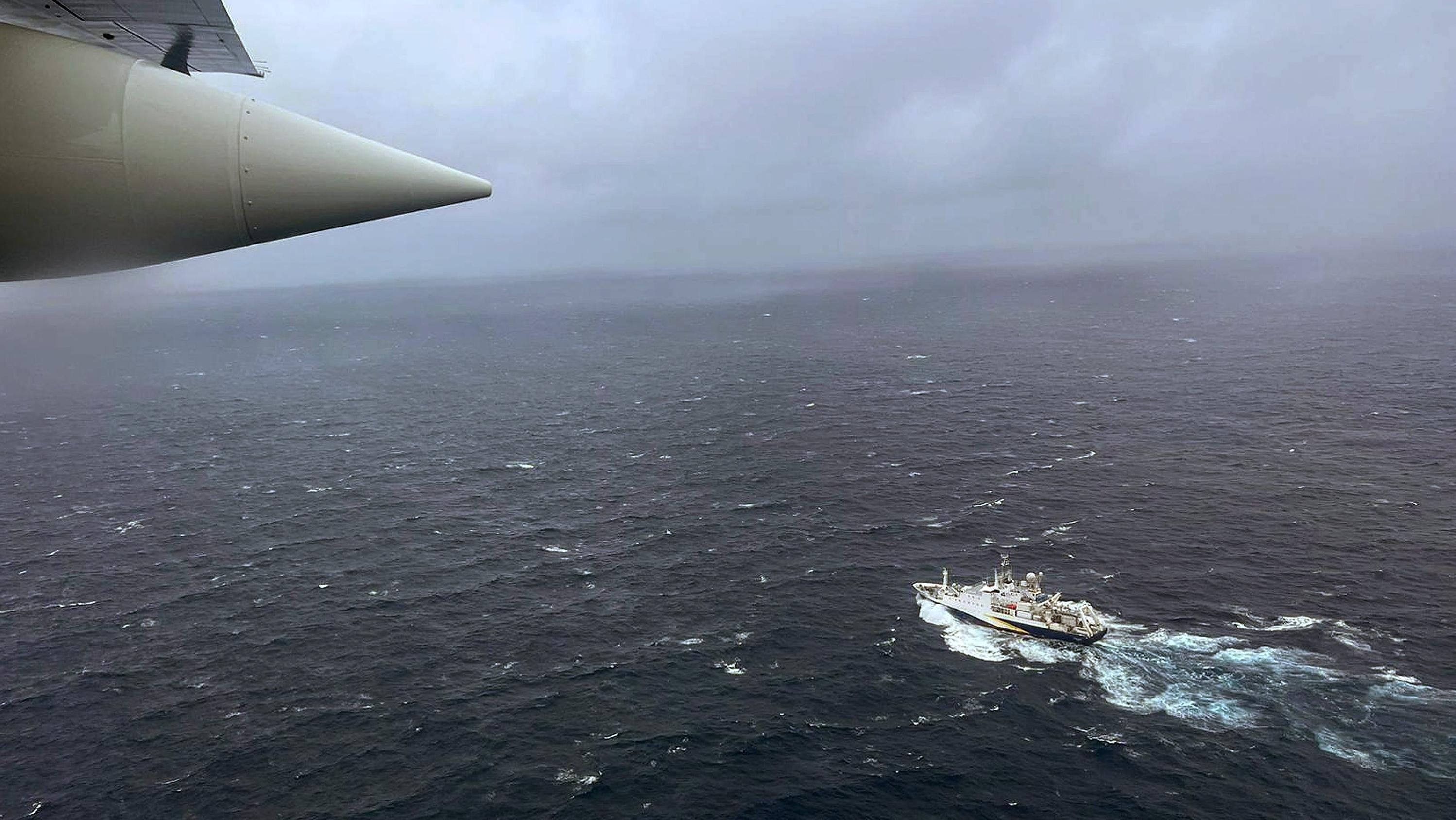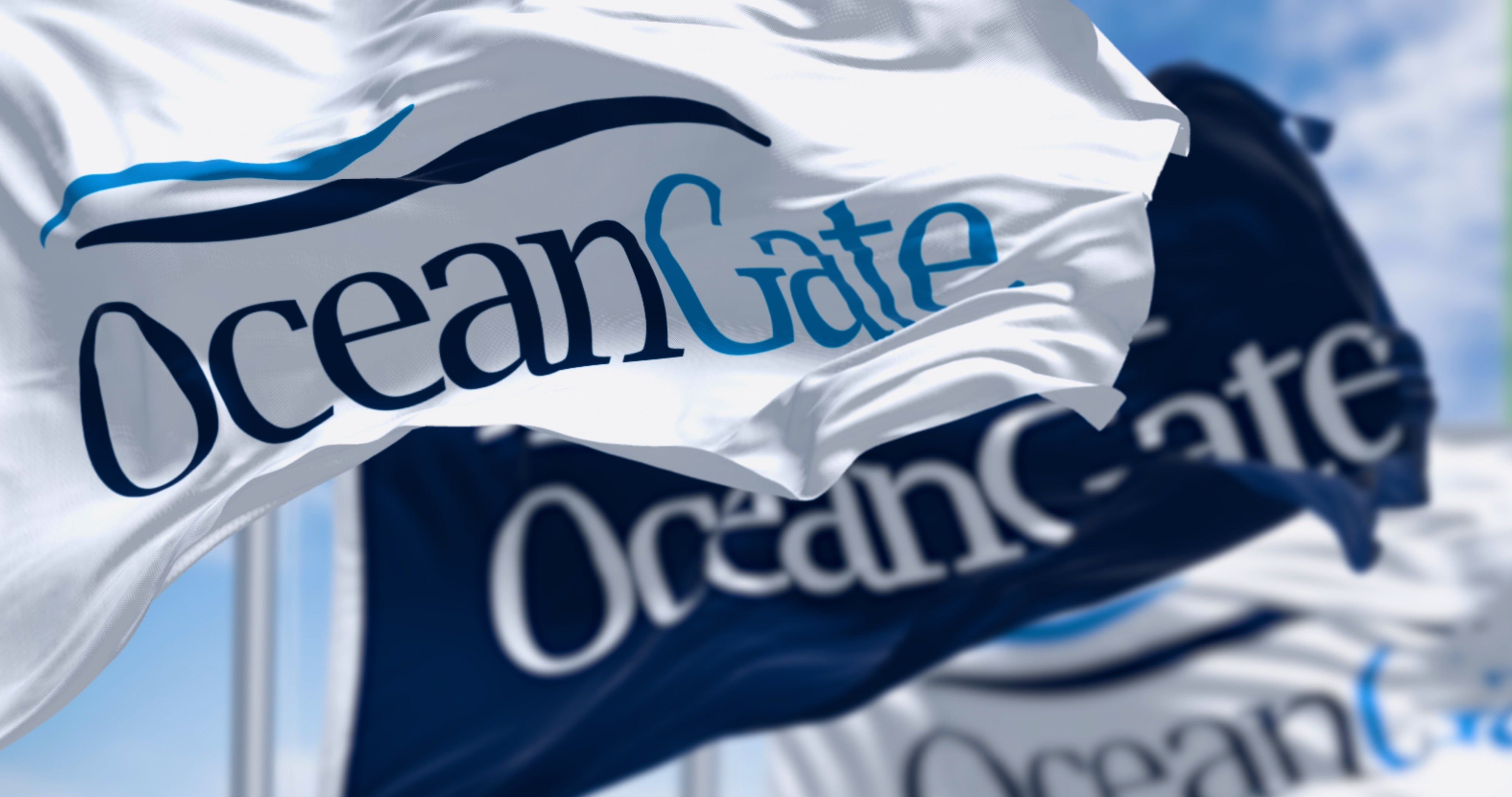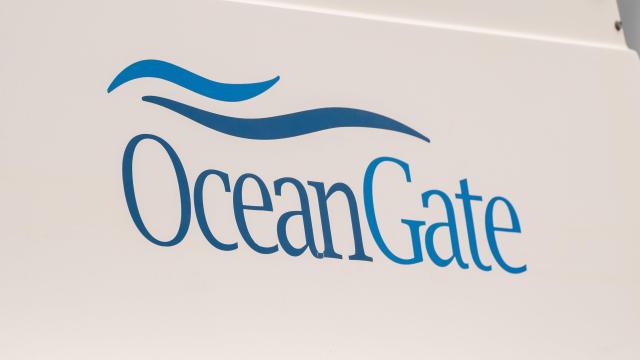The saga of the Titan has come to a close. After disappearing over the weekend, the Titanic-bound submersible left Americans in a state of suspense for several days, forcing us to drop whatever we were doing and focus instead on the epic manhunt unfolding throughout large parts of the Atlantic. The hope was that the craft would be found intact and that its five passengers would still be alive. Instead, news came down late Thursday that debris from the tiny commercial vehicle had been discovered near the site of its expedition, the shipwrecked Titanic. While an investigation is ongoing, experts believe the vehicle likely imploded during the vehicle’s descent, killing its passengers instantly, including Stockton Rush, the CEO of voyage operator OceanGate. Rush was piloting the sub.
Now, as tragic final chapter of the Titan unfolds, it’s beginning to become clear just how risky OceanGate’s business model may have been all along. High-level voices within the tight-knit deep sea tourism industry have stepped forward to point out the long history of concern over OceanGate’s voyages, and some have accused the company of cutting costs (and, thus, safety) in pursuit of a more profitable business model. Here’s a quick wrap-up of some of the criticism that has been leveled at the company behind the ill-fated submarine.
OceanGate May Have Misrepresented Itself

OceanGate was a startup that hoped to attract a bigger and bigger base of high-paying customers as the years accumulated. But to do that, it had to be seen as a company that was both safe and well established. New reporting from Vice News suggests that OceanGate repeatedly misrepresented itself to clients in some of its promotional materials. In some instances, it claimed to have close affiliations with certain organisations that have since said they did not play an active role in the company’s affairs. The outlet writes:
Part of the image of bleeding-edge technological innovation and safety that OceanGate sought to project in its videos was based on much- and oft-touted collaborations with Boeing, NASA, and the University of Washington. These institutions have in fact had relationships with OceanGate, but none appear to have been quite as substantial as OceanGate — which declined to comment beyond a statement saying its current focus is on the well-being of the Titan’s crew — has claimed. While the company’s website said Titan was “designed and engineered by OceanGate Inc. in collaboration [with] experts from NASA, Boeing and the University of Washington,” for example, the head of UW’s Applied Physics Laboratory told Motherboard in a statement that it “was not involved in the design, engineering or testing of the TITAN submersible used in the RMS TITANIC expedition.”
In another instance, OceanGate seems to have characterised its affiliation with University of Washington’s Applied Physics Laboratory (APL) differently than APL has characterised it. The outlet writes:
OceanGate has made much of its partnership with APL. Rush described it as “effectively our engineering partner,” and its website lists experts from APL, Boeing, and NASA as the company’s collaborators in the design and engineering of Titan…APL describes the relationship somewhat differently than OceanGate does… [APL wrote to Vice that] “the Laboratory was not involved in the design, engineering or testing of the TITAN submersible used in the RMS TITANIC expedition.”
At the same time, Vice shows the company perpetually emphasised how safe its trips into the deep were — despite ongoing industry concerns to the contrary.
Promotional materials posted on YouTube by OceanGate emphasise to potential customers how safe the dives down to the Titanic supposedly are…A testimonial in the ad features Chelsea Kellogg, OceanGate’s master chef, describing how safe diving in the company’s submersible is. “Not one second of me experiencing anything from OceanGate have I ever felt unsafe,” she said.
As we’ll see, however, numerous safety concerns existed about the nature of OceanGate’s business.
OceanGate Was Sued Over Safety Concerns

OceanGate has been sued multiple times but perhaps the most important lawsuit involved the company’s former director of marine operations, who was fired from the company after he repeatedly criticised the Titan’s design, stressing safety concerns. David Lochridge, who lost his job in 2018 and was subsequently sued by his former employer, said that issues with the Titan could “pose a safety risk to personnel” and to passengers. He claimed that the ship’s hull was “experimental” and had not been adequately tested and he also alleged that its viewport was not built to travel at the depths that OceanGate wanted to take the vehicle.
The Company Cut Costs in Places It Shouldn’t Have

Multiple reports have shown that, to make itself economically viable (and/or profitable) OceanGate cut corners in places it really, really shouldn’t have. Backup safety mechanisms that are said to be standard in other deep sea diving expeditions were dispensed with at OceanGate. Stockton Rush, the company’s CEO (who perished with the other four Titan passengers during its recent ill-fated voyage) also admitted that he had “broken some rules” in his design of the Titan — particularly with its controversial hull, which was designed to be cheaper than a traditional hull and wasn’t standard for the industry.
In a recent New York Times podcast episode, journalist William J. Broad explained the riskiness of this strategy: “What they were proposing was extremely novel. They were making a very, very deep diving submersible out of materials that were not industry standards…It wasn’t a standard material for the deep sea. They said, ‘That will reduce the weight, which will reduce the costs,’ implying that those cost-savings were going to be passed on to consumers.” Broad also referred to the operation as “cheap, cheap, cheap.”
The OceanGate CEO also previously told CBS News: “I mean if you just want to be safe, don’t get out of bed, don’t get in your car, don’t do anything…At some point, you’re going to take some risk, and it really is a risk-reward question.”
Industry Insiders Sent Letters Expressing Concern

OceanGate’s risky business model did not go unnoticed by others in the deep sea tourism industry. A number of big names — in particular, blockbuster movie director and deep sea explorer James Cameron — have come forward to claim that the aquatic tourism industry had repeatedly communicated to OceanGate and its CEO that they needed to take safety more seriously. “We now have another wreck that is based on, unfortunately, the same principles of not heeding warnings,” Cameron recently said, adding, in a different interview that “many people in the community were very concerned about this sub” and had warned OceanGate about it.
As example, in a 2018 email to the now deceased Rush, deep sea industry expert Rob McCallum told him: “I think you are potentially placing yourself and your clients in a dangerous dynamic…In your race to Titanic you are mirroring that famous catch cry: ‘She is unsinkable’”. McCallum urged Rush to quit using the Titan until an independent body could certify it and deem it safe.
Again, Rush reportedly dismissed such safety concerns, responding to McCallum: “We have heard the baseless cries of ‘you are going to kill someone’ way too often,” he wrote. “I take this as a serious personal insult.”
That same year, a number of industry experts (including McCallum) sent a letter to Rush communicating similar safety concerns.
Prior Dives Did Not Go Well

On Thursday, the Daily Beast reported on a slew of previous dives that OceanGate conducted, many of which were allegedly plagued by “electrical and communication failures.” The outlet writes:
Scores of former passengers who have ridden on board the Titan, the submersible that disappeared Sunday with five on board while en route to the wreckage site of the Titanic, have described in detail the chilling flaws they encountered during their trips — with one passenger calling the voyage a “suicide mission.”
In one particular instance, a former participant, Arthur Loibl, referred to the dive as a “suicide mission,” and describes a series of failures on the way to what would eventually be a successful dive.
the submersible he was scheduled to dive with initially became inoperable. became inoperable. Then, once aboard the Titan, a second attempted dive was abandoned at 1,600 meters because of equipment failures and electrical problems.
Loibl said he eventually began his successful dive five hours behind schedule, but said the ordeal was the most terrifying experience of his life
Yikes.
